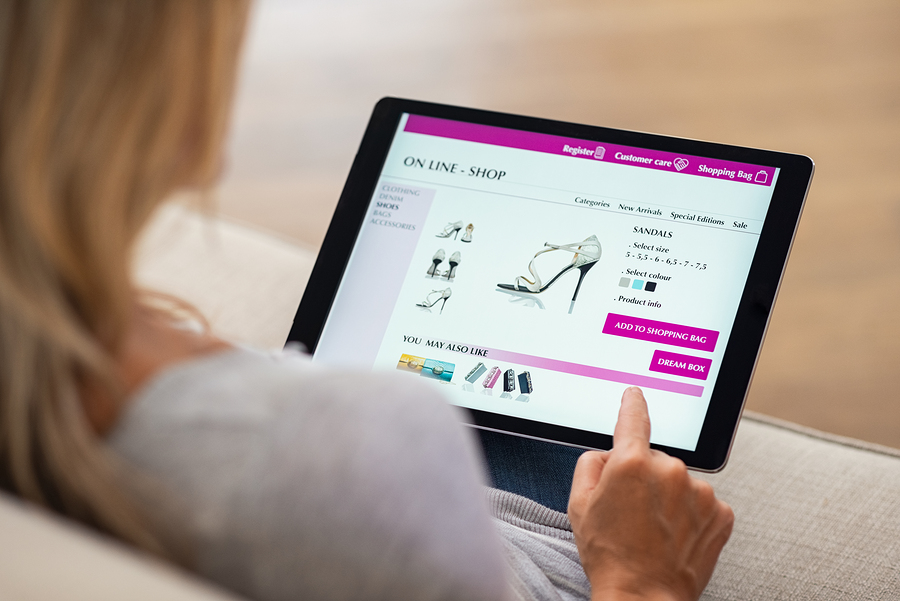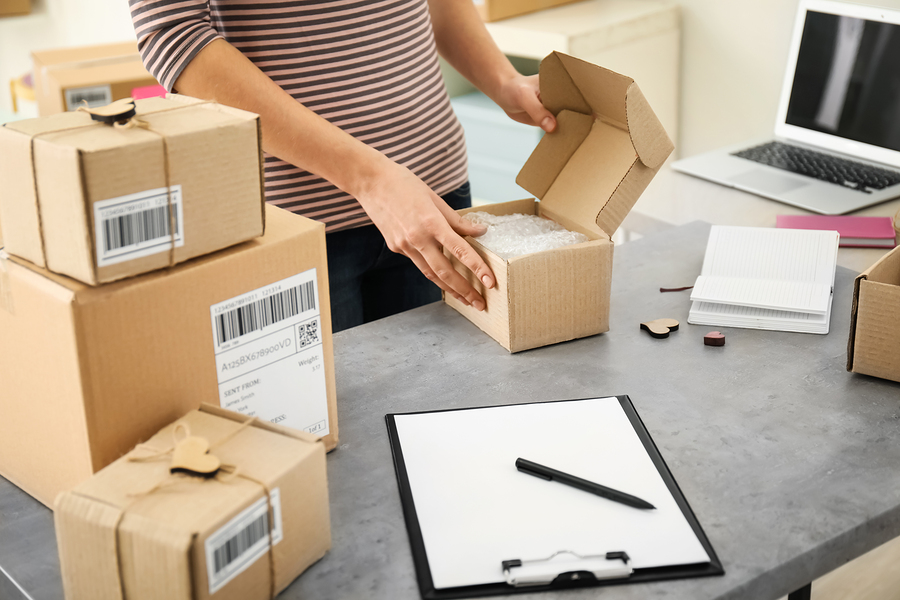While physical retail shops in Australia have been losing the battle to international competitors, e-commerce retailers have nothing to worry about
The Australian eCommerce market is forecast to be worth 18.7 billion U.S. dollars by 2020, at a projected growth rate of 9.87% per year. Digital shopper penetration is steadily increasing, so e-commerce opens up ample opportunities for Australian retailers, regardless whether they own physical shops or operate exclusively online.
Starting a retail website is a no-brainer if you want to see your business survive and sales soar. So how do you make a retail website that welcomes customers and makes them want to come back? Start by consulting this guide.
How to make a retail website
There are two ways to create a retail website. You can:
- Use an e-commerce platform
- Create a website from scratch
Each option has its pros and cons, although the requirements remain the same. Long story short, there is no unique answer to the question of which option is better. It depends on your retail business model, available finances, and long term plans. So let’s start with the simpler option.
How to make a retail website using an e-commerce platform
Gone are the days when starting a website took some intricate coding skills and months of work. E-commerce providers like Shopify, Magento, or Wix enable you to create a retail website using their simple, intuitive dashboard.
Most of the work is handled through the platform. It comes down to the following steps:
- Choose from templates for your retail website design
- Add products, images, and descriptions
- Set up a shopping cart
- Set up safety protocols
- Set up payment gateway
- Add features of your choice
The pros of making retail websites on e-commerce platforms are fairly obvious. They offer:
- beautifully designed templates that can be customized
- clean, intuitive user interface
- Basic equipment for running a retail business
- Large app store with additional features
All of this comes with minimum hassle and strong customer support. Since some of these platforms are big names, they also come with basic marketing tools and SEO authority that can help your business push through the competitors.
However, there is a twist to most of these pros.
- Simplicity comes with less flexibility
- Good themes are sold separately from the basic subscription
- Additional apps also come with fees
- Subscription and transaction fees
So, although the initial expenses for basic subscription may seem affordable, the more business you do and the more features you add, the costlier the fees. In general, you are locked into all of these fees that can quickly ramp up the price. While e-commerce platforms offer some discounts and special features to regular clients, many of them are limited to certain countries.
Retail website on e-commerce platform: final verdict
If you are a beginner on a limited initial budget, e-commerce platforms are a good starting point. If your product catalog isn’t too large, the basic service of these websites is pretty cheap and neat.
However, if you are looking for a more ambitious retail website and have long-term plans, the e-commerce platform does not offer enough flexibility and ownership. In general, its accumulated price will surpass the initial expenses for a retail website from scratch.

How to make a retail website from scratch
Making a retail website from scratch requires you to either get really busy or hire a solid development team, depending on the complexity of your website and coding knowledge. The steps for making a retail website on your own include:
- Choosing the domain
- Finding the hosting service
- Setting up an SSL certificate
- Installing an e-commerce software
- Adding product catalog
- Installing additional features
- Signing up for payment processor
- Setting up payment gateway
Does it sound overwhelming? It does because it is a lot of work (and if you are confused about some of these steps, you can find more details about starting an online store here). These are the basic steps, and if you have an ambitious plan or intricate design in mind, it can take a lot of work and time to create a retail website.
The obvious pros of making a retail website from scratch are:
- Flexibility
- Independence
- Savings in the long run
With an independently hosted retail website, you get all the freedom to design it however you want, integrate with partners of your own choice and adjust features to your and your customers’ needs.
The obvious cons of making a retail website from scratch are:
- Complicated setup process
- Initial expenses
- Maintenance requirements
There is no going around it – creating a website like this takes time, a professional team, and a lot of money. You also have to keep in mind that the website will need regular maintenance, so you need to allocate money for that purpose. Depending on your skill, you can keep it up to date, or simply continue working with the developers who created the retail website. The latter is the best option.
Retail website from scratch: final verdict
Hear me out – while setting up a retail website from scratch is a big undertaking, you actually have to do it only once, and pay for it only once. When you are using e-commerce platforms, you have fees to pay regardless of how many products you sell.
With your own website, you usually pay for services on an annual or bi-annual basis. You don’t have to deal with dozens of app subscriptions and expenses every month. You get to keep a lot more money.
So, making a retail website from scratch is an option for retailers with a solid initial budget and long term plans. Also, it is recommended option for businesses who started off using e-commerce platforms, but now feel confident and ambitious enough to have their own website.

What makes for a successful retail website?
If you want to know what works for customers, look no further than Amazon. While it may have a borderline obsolete design, their customers keep coming back. So what is their secret? According to CrazyEgg, it comes down to 6 factors:
1. Personalization
Personalization requires solid tools such as Google Optimize. These tools track your user’s online behavior and engagement with your retail website, displaying content and ads that fall in line with their interests and preferences.
2. Simple checkout process
Pay special attention to the seamless checkout process. Segment the process into several phases and make sure the customer doesn’t have to type the same thing twice. The checkout should be quick and transparent about any additional expenses.
Take time to pay attention to this, because many sites get it wrong. According to data from Forrester, only 3 out of 10 shopping carts make it through the checkout process. Click here to learn about the common issues behind slow and complicated shopping carts.
3. Detailed product images and descriptions
While many retailers feel that their website design needs to be like a firework, in practice, less is more. As you can see on the example of Amazon, people prioritize functionality over looks. This doesn’t mean you cannot get playful with design, but keep in mind that people come to buy, not marvel the view.
They want to see the product, the price, and the features. Make sure your retail website includes plenty of high-resolution images that can be enlarged with a click and enough information.
4. User reviews
Personal recommendation is still one of the most powerful marketing techniques. Amazon knows that very well, so each item on their website features prominent rating and user reviews.
5. Upselling and cross-selling
You know that marvelous trick when your local supermarket places packs of dental floss in the aisle with popcorn? Yep, that is upselling, and using personalization tools, pop-up windows, and “recommended” section you can sell more by offering customers products that naturally go hand in hand (pair of shoes and shoe polish, for example).
6. Search options
Finally, if your retail catalog is large, convenient search options are a total must. Enable your customers to search the products based on relevant categories and filters.
Conclusion
So, what is your final verdict? Heading to an e-commerce platform, or you’d rather create something on your own, taking special care to incorporate all the good practices of top retail websites?
Whatever you decide to do, don’t forget that the seamless user experience on your retail website also has to translate to mobile devices. In fact, one in five customers on your retail website will purchase the product from their smartphone. If you consider that the number of mobile shoppers doubles on a bi-annual basis, going mobile is pre-requisite to growing retail sales. Need more info? Tweet @arjunkohli_ or reach out to me on LinkedIn!


